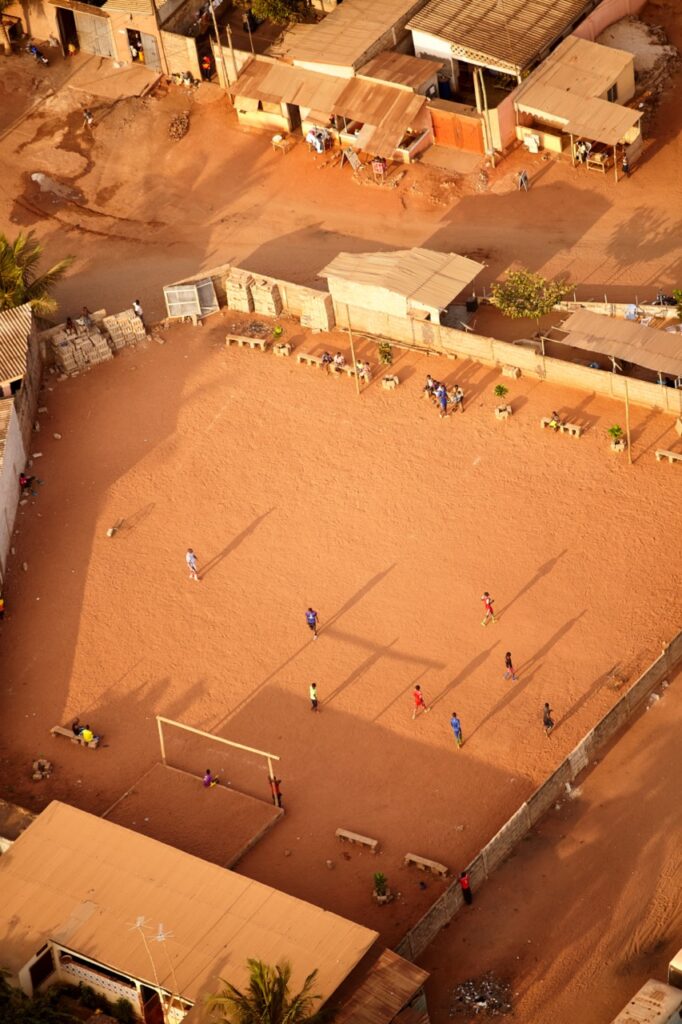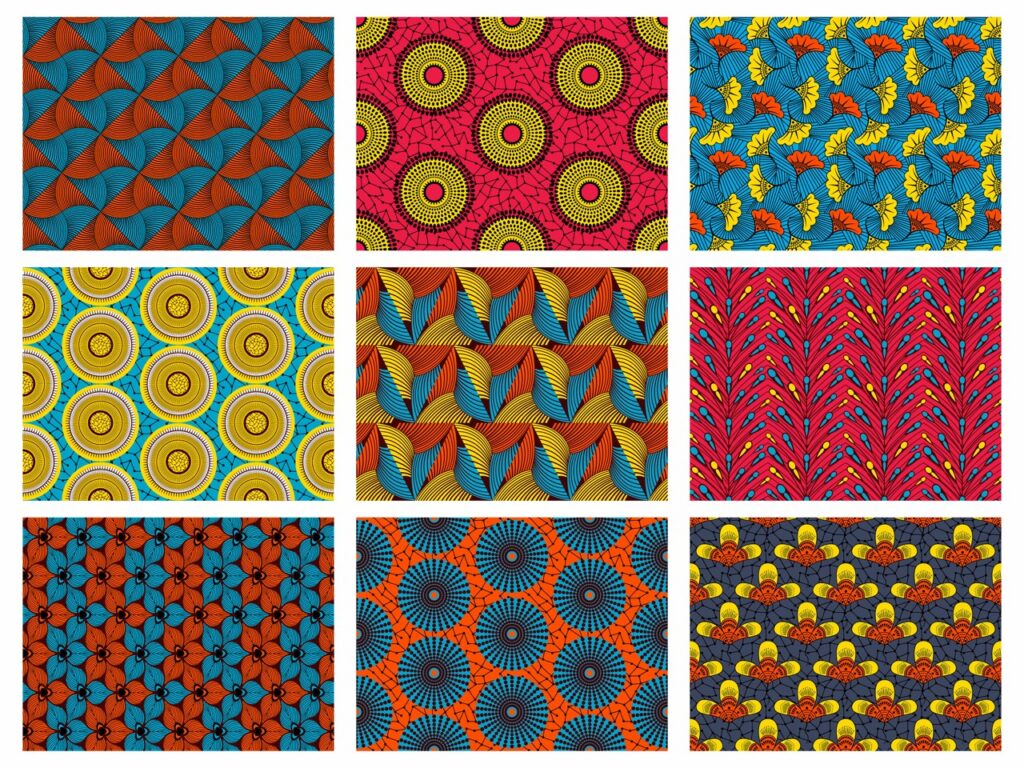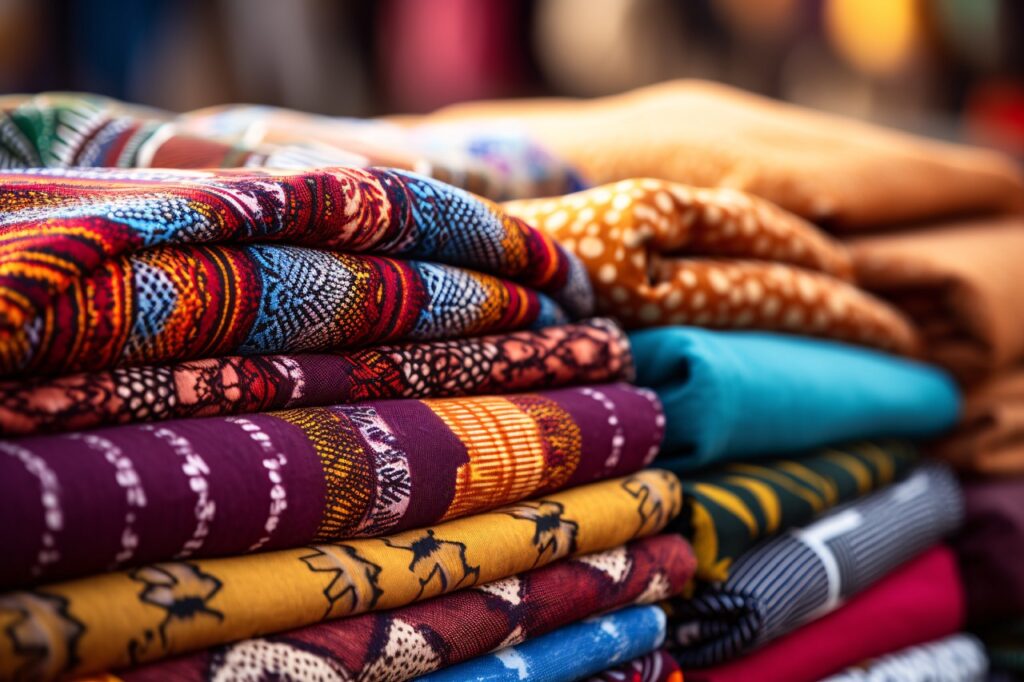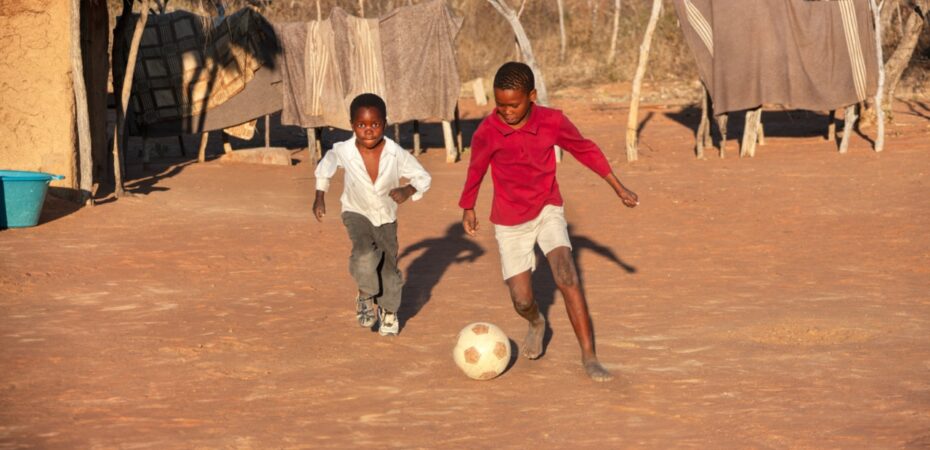Football kits, a team’s identity worn every week, a symbol of the club, but is there meaning behind the patterns, material, and colours? You can ask any fan what colours their teams wear, but could they tell you what it represents? The link between fans, the players and clubs go well beyond watching a game of football. Culture, traditions, and identity are simple concepts that should be highlighted in a nation’s kit. These principles will be showcased in the latest AFCON tournament earlier this year with a host of nations aligned with their supporters.
African Cup of Nations (AFCON) is an international competition in football where 24 countries compete in a group stage which eventually goes into the knockout rounds, similar to the format of the world cup. The tournament will begin in January 2024, with the first game kicking off between Côte d’Ivoire and Guinea-Bissau, and the final will take place on the 11th of February.
Football is one of the world’s most watched sports across the globe whether that is for its international competitions or domestic leagues. The viewership that football brings in is far in the millions and for the biggest stages it can bring in billions. According to FIFA the 2018 world cup had a total viewership of 3.572 billion, with this level of viewership you would expect the kit your nation sports to represent the values, culture, and traditions. There should be a level of identity and connection between the fans and the team.
The world of football is a constant cycle of consumerism, new players, different games each week, new and old competitions and of course new kits and other merchandise. Football kits in domestic football are released on a seasonal basis with up to three new kits being released and in some cases four but that is rarely the case. For international teams they will release a kit every two seasons but can be every season depending on competitions and qualifying rounds.
As a fan and even a player you want a kit that represents you, whether that is through its colours, the design and pattern. Many kits today have many reasons behind the design, whether it is for an anniversary, a political movement or culture and history. For many of the kits on show at the 2024 African Cup of Nations, the designs are no different, these kits come in a variety of designs.

There are four main fabric patterns used by the different tribes and villages on the continent of Africa: Adinkra, Kente, Bogolanfini, and Ankara.
The Andikra pattern is a group of symbols, these symbols have many different meanings and conventions, this pattern is typically seen in Ghana and Cote’ d’Ivoire.
Kente is a Ghanaian cloth, typically handwoven from silk or cotton. Kente cloth can be identified by its vibrant colours and intricate patterns, this cloth has become a staple of African cultural heritage and was historically worn by royalty and for special occasions.

Bogolanfini patterns originate from Mali, Bogolanfini patterns consist of geometric shapes, lines and symbols (textile) that have cultural and historic significance.
Ankara strongly identifies with African identity, creativity, and heritage. This pattern was originally inspired by the Indonesian batik, with its intricate patterns, such as floral and geometric shapes alongside vibrant colours.
Nike and Nigeria released one of the most iconic kits for the 1994 World Cup in America. Footy.com describes the kit as “Nike rose to prominence in the footballing world in the 90s, producing shirts which pushed the boundaries of design. Their best work was often reserved for the shoulders of a kit, as evidenced by a template in 1994 (made famous by Borussia Dortmund) which came to be Nike’s first design for Nigeria.” The 94/96 Nigeria Home Kit is a staple of historic international kits with its bright green colour matched with the black and white zigzag patterns on both the sleeves and the chest, this creates a dynamic and energetic look. These bold geometric patterns are very similar to the kente pattern but are a unique African inspired pattern which take from Nigerian cultural motifs of identity, culture and history.
In 2022 Nike released a vibrant and bold kit for Nigeria which will feature in the latest AFCON tournament in 2024. This Nigeria kit hosts a variety of patterns that draw from traditional African styles with an eagle as the centrepiece, drawing from Nigerian motifs and identity. According to the BBC, Nigeria has a reputation for selling out their kits due to their bold colours and patterns and with the 2018 world cup kit it was no different. An article from the BBC explained how “their design for the 2018 World Cup led to long queues outside stores and almost broke the internet, with three million people pre-ordering the replica.”.

Ghanaian football kits commonly feature the Kente pattern and highlight the rich identity of the country’s heritage and culture. In recent years Ghana has produced more simpler kits with a modern look. The team have returned to their traditional white kit that features bold and vibrant trim around the neckline and the sleeve that highlights aspects of the Kente cloth pattern. However, back in 1998 the Ghana home kit was quite the opposite with a bold flair surrounding the jersey. The vibrant colours of yellow/gold, green and red to represent the colours of the flag. Puma in their latest release for Ghana describe the kit as a reflection of Ghanaian craftsmanship, “traditional beauty.” The website explains how “the vibrant new Ghana Home and Away kits feature a pattern inspired by traditional Ghanaian tapestry, craftsmanship and design, paying homage to timeless Ghanaian creativity.”
Cameroon has also produced countless kits that reflect the country’s cultural heritage and identity, with its West African inspired patterns. The kits produced by Puma share three different patterns/designs with geometric designs (textiles), colour symbolism and animal motifs, that all highlight the diverse history of Cameroon. The geometric designs on the kits are bold lines and shapes that take influence from Cameroonian art and textiles. Colour symbolism within the Cameroonian kits is quite simply down to its rich history and culture, where red, green, and yellow are traditional for clothes. Some kits have used animal motifs in their design, these designs can simply mean strength, courage, and pride, which are all associated with the lion, a theme we have seen across multiple kit designs.
Football kits have the power to represent a club, a country, and their fans. The West African patterns we have seen incorporated into these kits are a staple of cultural identity. For a fan to see their identity represented on the biggest stages by the players can have a massive influence not only on spectatorship but the pride of nations and their heritage.

